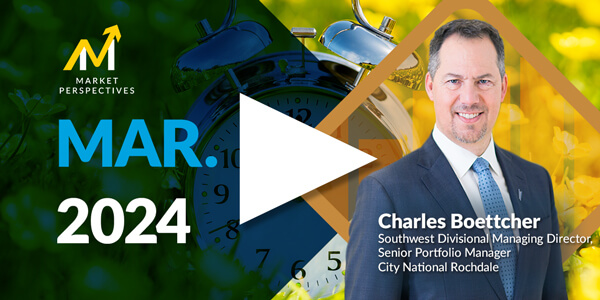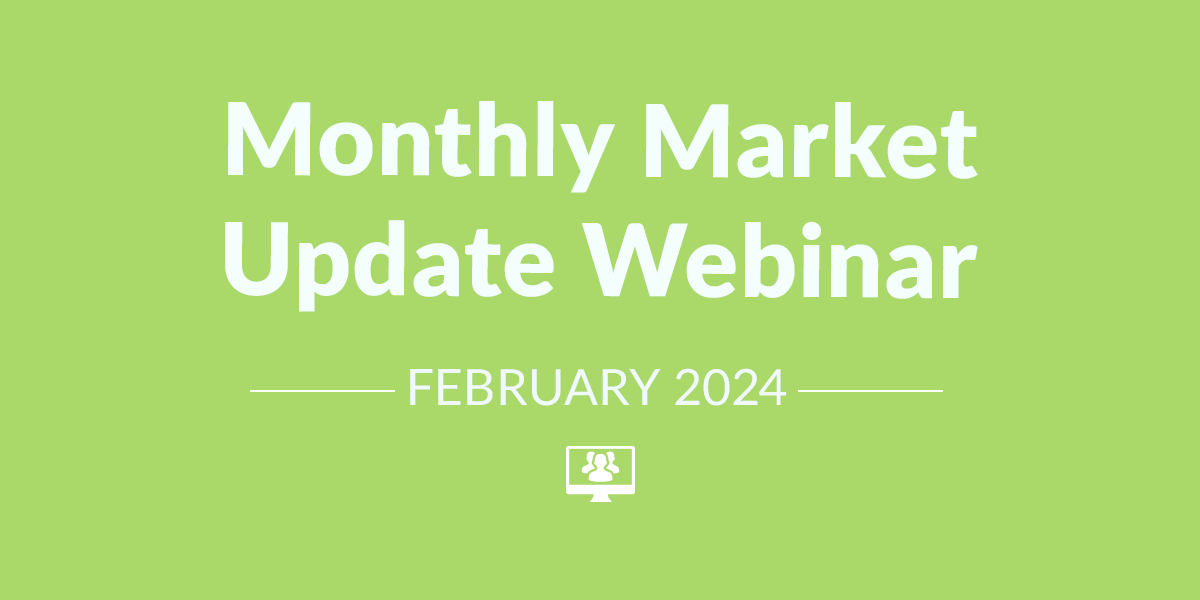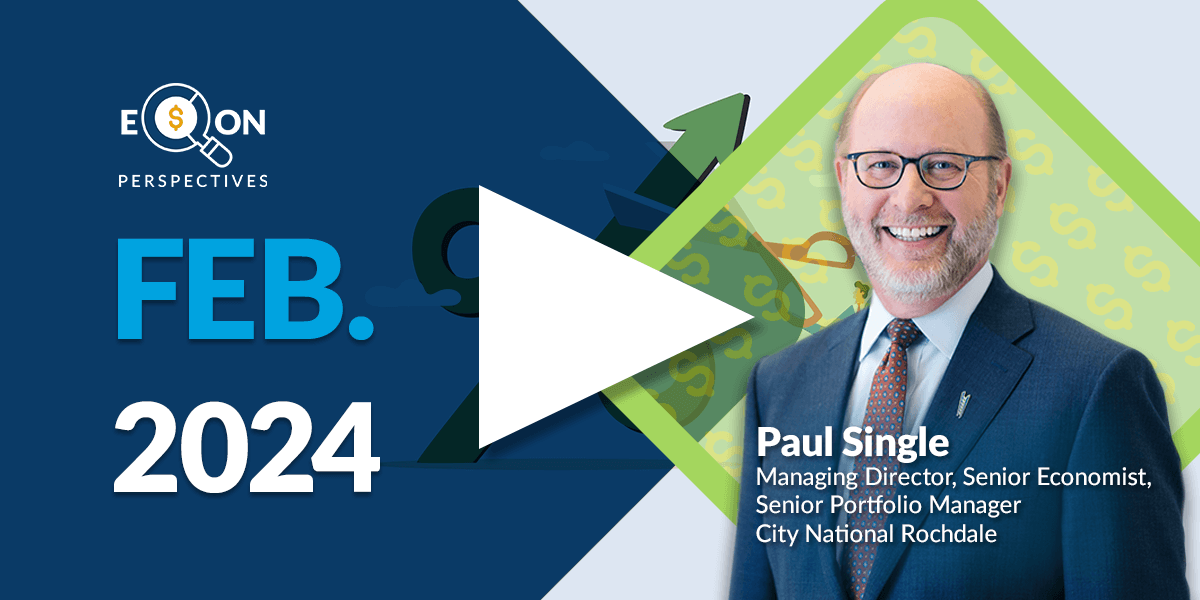
Government Shutdown: What It Means for Markets
September 30, 2025
Executive Summary – Five Key Things to Watch
1. The Deadline: Government funding expires at midnight on September 30. If no deal is reached, hundreds of thousands of federal employees will be furloughed.
2. The Politics: Republicans favor a short “clean” funding extension, while Democrats are demanding health care concessions, especially an extension of insurance subsidies. Both sides are digging in, making compromise difficult.
3. Economic Data Delays: A shutdown would halt the release of critical government statistics such as the September jobs report and inflation data. This leaves the Federal Reserve with less visibility as it decides whether to cut rates again.
4. Market Impact: Historically, shutdowns have had limited lasting impact on the economy or markets. Stocks often recover quickly, and rallies into November and December are common.
5. What’s Different This Time: The Trump administration has suggested some furloughed federal workers may be permanently laid off, which could push unemployment higher and weigh more heavily on consumer confidence.
Politics Driving the Stalemate
Congress is once again gridlocked. Republicans, led by House Speaker Mike Johnson, want to extend funding for seven weeks without policy add-ons. Democrats, led by former Senate Majority Leader Chuck Schumer, are pushing for an extension of Affordable Care Act subsidies that expire at year-end. President Trump is backing his party’s position but has used the looming deadline as leverage in broader fights over health care and spending. With neither side willing to bend, the odds of a shutdown remain high.
Market Perspective
Shutdowns are disruptive but rarely disastrous. Mandatory spending like Social Security and Medicare continues, while Treasury interest payments go out as usual. The main drag comes from furloughed workers, delayed government contracts, and missing economic data. The rule of thumb is that each week of shutdown shaves about 0.1–0.2 percentage points from GDP growth, which is typically reversed once the government reopens.
Markets often look past the noise. In fact, in most shutdowns since the 1980s, stocks have risen during or shortly after the episode1. Investors often view the dip in confidence as temporary, setting the stage for a relief rally once the impasse ends.
Why This Time Feels Different
The current situation is notable because none of the 12 annual spending bills for fiscal year 2026 have been passed, which could lead to a broader disruption compared to the 2018-2019 shutdown. The administration's mention of potential federal layoffs adds to the uncertainty in the jobs market. For investors, a key concern is the possible delay in the release of important economic data, such as the jobs report and inflation figures. However, it's worth noting that while this data may be temporarily postponed, it is unlikely to be skipped entirely. Furthermore, the Federal Reserve's next meeting is scheduled for October 29th, providing ample time for a shutdown resolution. Given this timeline, and considering that the course for the Fed's next move, potentially a 25 basis point cut, is already largely set, the impact of the delayed data on the Fed's decision-making process is likely to be minimal. Overall, although the situation is unsettling, the timeframe allows for a resolution to be reached before it significantly affects the Fed's upcoming decisions.
Bottom Line
Shutdowns may generate short-term volatility, especially if jobs and inflation reports are delayed. But history shows markets tend to recover quickly, often rallying into year-end once the uncertainty clears1. This is not the first shutdown—and it likely won’t be the last.
From our perspective, what matters most are the fundamentals. Inflation continues to moderate, growth has proven more resilient than many expected, and the labor market—while softening at the edges—remains intact. Even if the shutdown delays government data, the underlying trends point to a cooling but still stable economy. These fundamentals, rather than the political drama, are what ultimately drive market performance.
1 Evercore ISI Research & Bloomberg as of September 28, 2025
City National Rochdale, LLC is an SEC-registered investment adviser and wholly-owned subsidiary of City National Bank. Registration as an investment adviser does not imply any level of skill or expertise. City National Bank is a subsidiary of the Royal Bank of Canada.
The views expressed represent the opinions of City National Rochdale, LLC (CNR) which are subject to change and are not intended as a forecast or guarantee of future results. Stated information is provided for informational purposes only, and should not be perceived as personalized investment, financial, legal or tax advice or a recommendation for any security. It is derived from proprietary and non-proprietary sources which have not been independently verified for accuracy or completeness. While CNR believes the information to be accurate and reliable, we do not claim or have responsibility for its completeness, accuracy, or reliability.
All investing is subject to risk, including the possible loss of the money you invest. As with any investment strategy, there is no guarantee that investment objectives will be met, and investors may lose money. Diversification may not protect against market risk or loss. Past performance is no guarantee of future results.
This content is approved for general use and is sent to investment professionals, prospects and active clients.
Copyright 2025, City National Rochdale. All rights reserved.
Explore More
Put our insights to work for you.
If you have a client with more than $1 million in investable assets and want to find out about the benefits of our intelligently personalized® portfolio management, speak with an investment consultant near you today.
If you’re a high-net-worth client who's interested in adding an experienced investment manager to your financial team, learn more about working with us here

